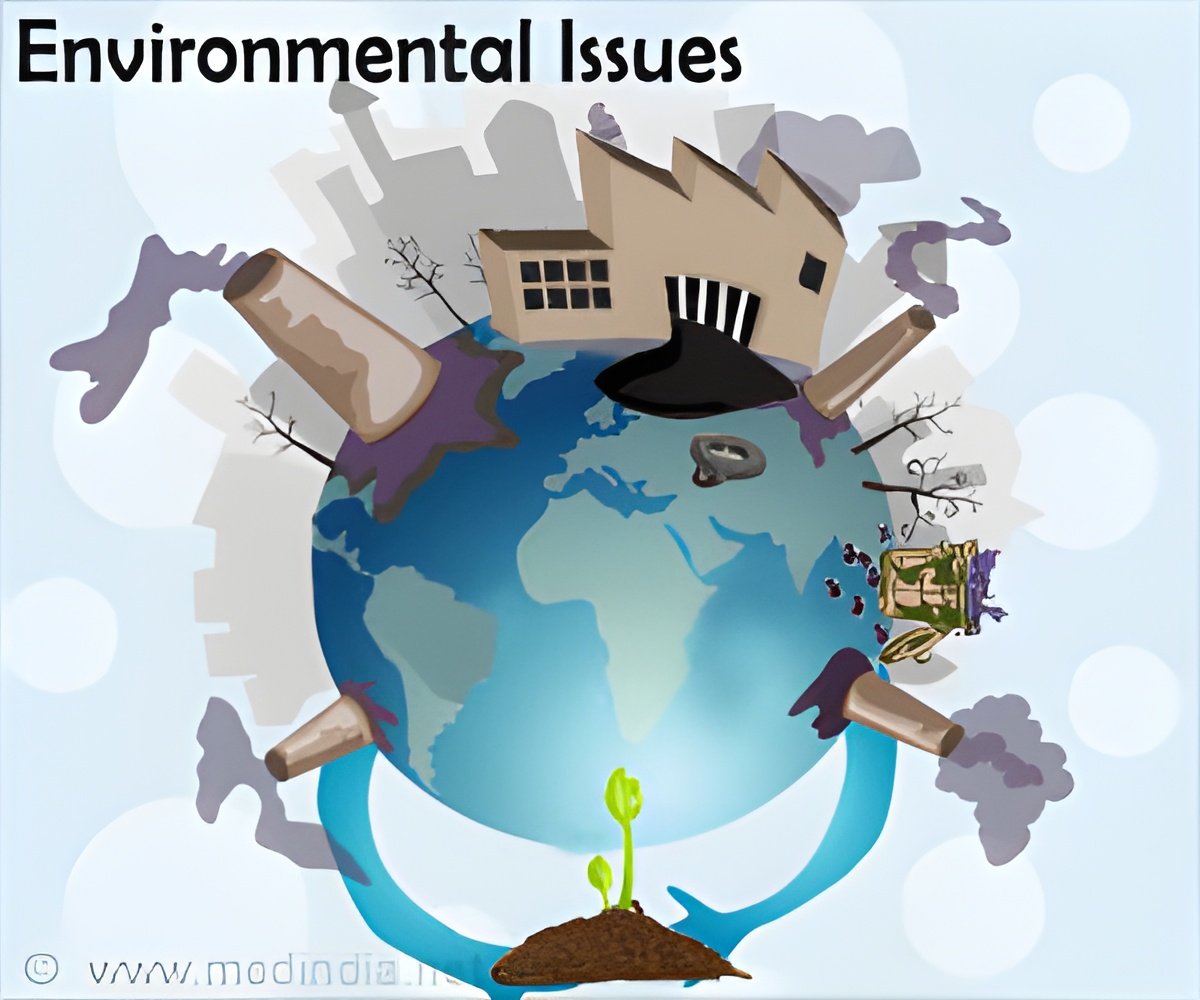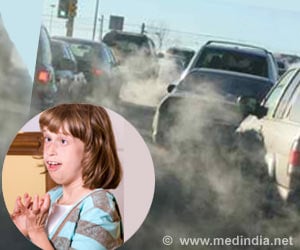UNICEF has called for a meeting to restrict use of fossil fuels to give twin benefits of improved health and slower climate change.

‘The death rate in 2012 due to outdoor pollution from factories, power plants and vehicles using fossil fuels, dust and burning of waste was 127,000 children and 3.7 million adults.’





About 300 million children, or almost one in seven worldwide, lived in areas where outdoor pollution was highest, defined by UNICEF as at least six times international guidelines set by the World Health Organization (WHO), it said. With the help of satellite imagery developed by NASA, the UN body identified that out of the 300 million children, 220 million lived in South Asia.
WHO defines air pollution as, “a major environmental health problem affecting everyone. It occurs when the environment is contaminated by any chemical, physical or biological agent that modifies the natural characteristics of the atmosphere.”
UNICEF executive director Anthony Lake said air pollution was a "major contributing factor in the deaths of around 600,000 children under five every year", causing illnesses such as pneumonia.
"Pollutants don't only harm children's developing lungs - they can actually cross the blood-brain barrier and permanently damage their developing brains - and, thus, their futures," he said in a statement.
Advertisement
Source-Medindia









